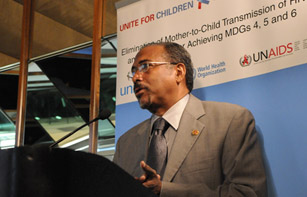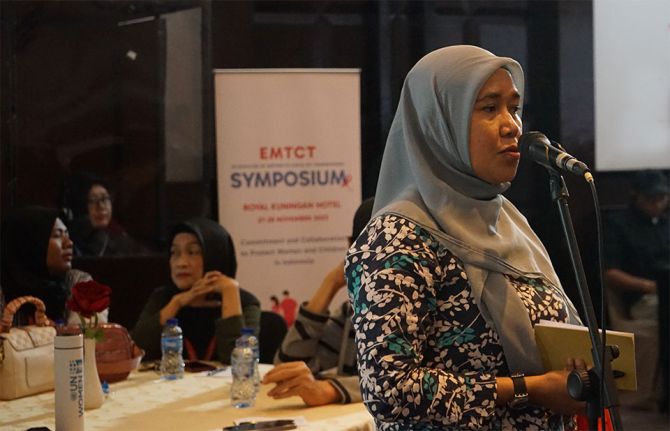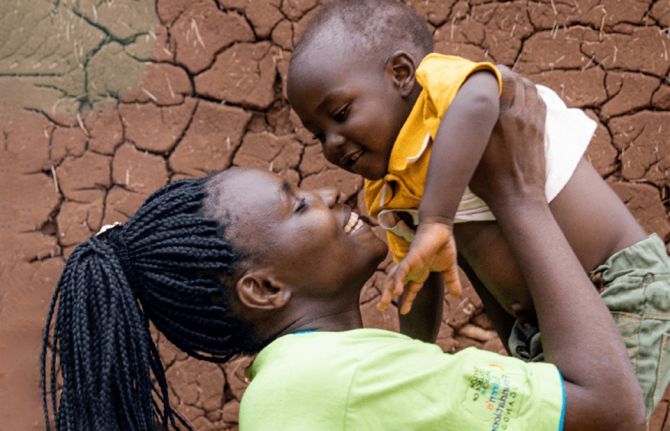
Feature Story
World leaders focus on the elimination of mother-to-child HIV transmission by 2015
21 September 2010
21 September 2010 21 September 2010
UNAIDS Executive Director Michel Sidibé speaks at UNICEF breakfast. 21 September 2010. Credit: UNAIDS/Hamilton
Virtual elimination of mother-to-child HIV transmission by 2015 and the linkages between Millennium Development Goals 4 (Reduce child mortality), 5 (Improve maternal health) and 6 (Combat HIV/AIDS, malaria and other diseases) were the focus of a working session that took place on Tuesday 21st September in New York as part of a MDGs Summit side event organized by UNICEF, WHO and UNAIDS.
“We must take AIDS out of isolation, leveraging investments in the global AIDS response to support progress across all other MDGs,” said UNAIDS Executive Director Michel Sidibé during his intervention.
Participants to the working session included high level country representatives, heads of international organizations, representatives of civil society and donor government delegates.
HIV remains a leading cause of death among women of reproductive age globally as well as of maternal mortality and under-five mortality in several countries. Although delivery of proven mother-to-child HIV transmission (MTCT) services has effectively eliminated MTCT in high-income countries, every day more than one thousand children in low-and middle income countries are newly infected with HIV via transmission during pregnancy, delivery, and breastfeeding.
Around 430,000 children are born with HIV each year and a new report released last week by WHO, UNICEF, UNFPA and the World Bank shows that despite the 35% decline in maternal morality worldwide since 1990, there has been setbacks in many sub-Saharan African countries, mainly as a result of HIV. In Botswana, maternal mortality rose 133% between 1990 and 2008, in South Africa 80%, and in Kenya 38%. In some countries, more than half of maternal mortality is attributable to HIV, e.g. Botswana (77%), Swaziland (75%), Lesotho (59%), Zimbabwe (53%), and South Africa (43%). These numbers underscore the indivisibility of the MDGs and highlight the links between MDG 5 and 6.
As participants stressed, there is strong consensus among the international community and national governments that scaling up prevention of mother-to-child HIV transmission (PMTCT) is feasible and needs to be accelerated.
UNAIDS identified PMTCT as one of the 10 outcome areas for joint action by the UN Co-sponsors. The UNAIDS Executive Director’s call for virtual elimination has become a rallying point for advocacy, resource mobilization and actions at all levels.
It was noted during the session that while many countries are now showing remarkable progress, intensified efforts are urgently needed to reach all mothers and children with PMTCT services.
Participants agreed that effectively eliminating MTCT will require sustained political leadership, country commitment, and donor support. Achieving the goal of MTCT elimination by 2015 also requires strengthening broader health systems and will both depend upon and contribute to achieving the Millennium Development Goals 4, 5, and 6.


